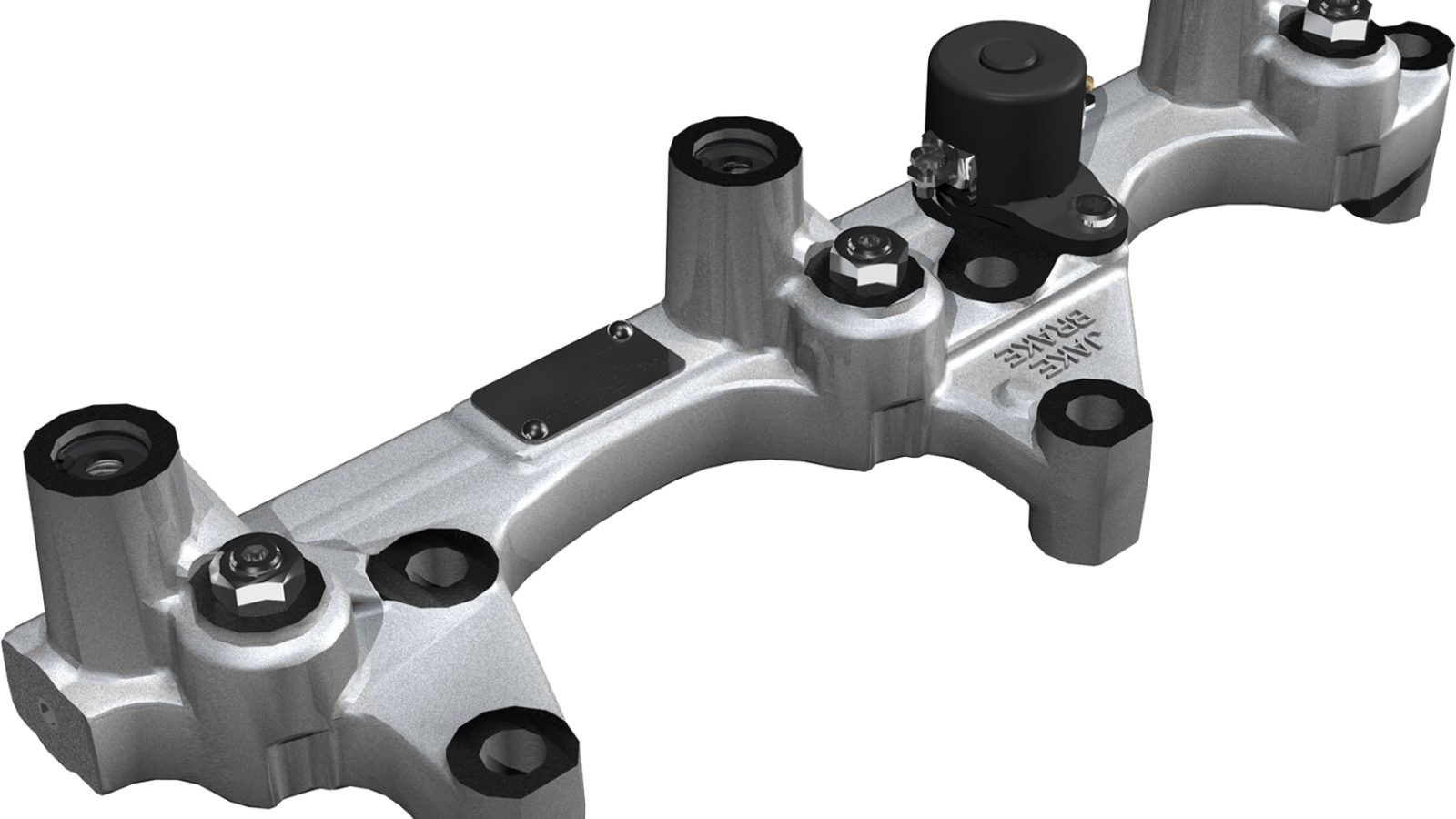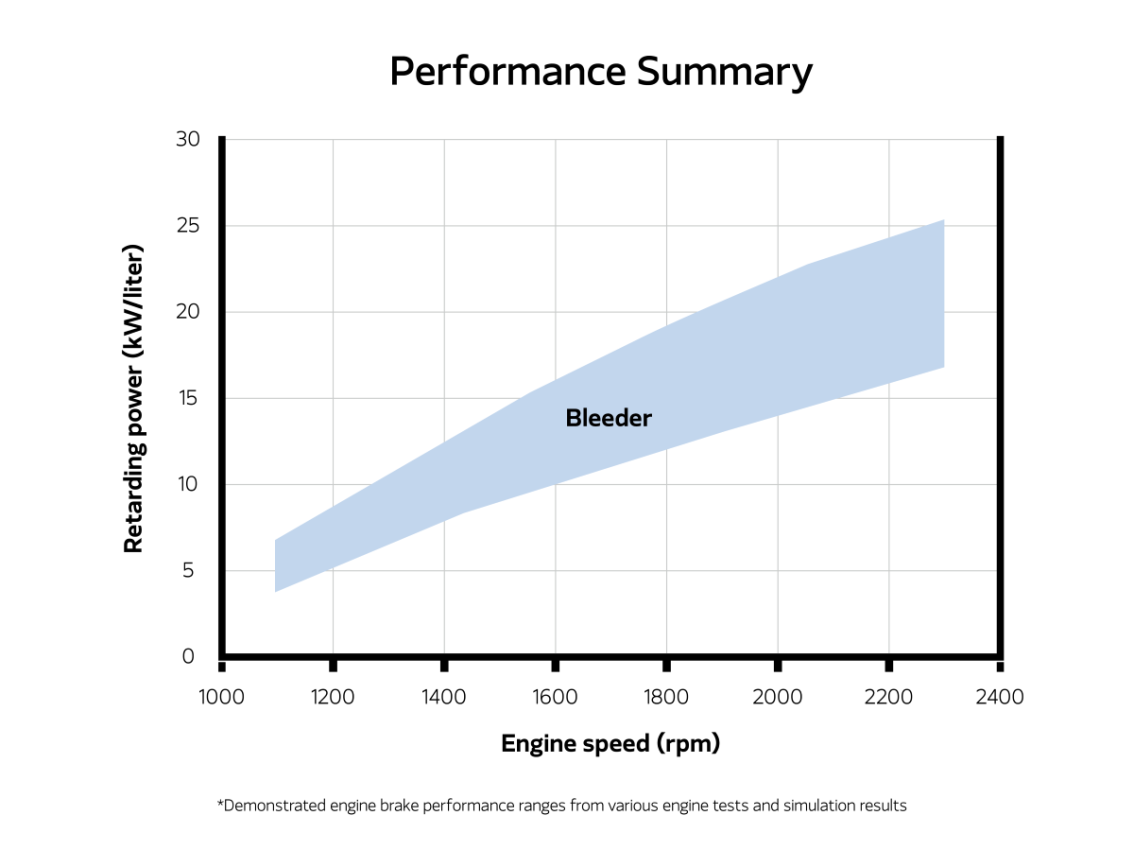Performance benefits of the Jacobs Bleeder Brake
- Increases vehicle control
- An ideal engine brake for smaller displacement engines
- Reduces wear on the engine, tires, wheel-ends, and service brakes
- Quiet operation for use wherever and whenever needed
- Design flexibility to work with most engines
- Low added weight
- No camshaft required for engine braking
- Use with a backpressure mechanism, such as an exhaust brake or variable geometry turbocharger (VGT), for maximum performance
How the Bleeder Brake works
When the bleeder brake is turned on, a piston extends to its full stroke and stays there, holding the exhaust valve open a small, fixed distance throughout the entire four-stroke engine cycle. Since the bleeder brake only holds the exhaust valve open a fixed distance, it is designed to not put any load on the camshaft and most of the overhead components.
- The exhaust valve is held open throughout all four strokes of the engine cycle.
- The compressed air “bleeds” out through the slightly opened exhaust valve during the entire compression stroke.
- The engine pumps by pushing against the valve restriction and back pressure.
- Bleeding off compressed air prevents the return of energy to the piston, which slows the vehicle down.
Bleeder Brakes can also be used in combination with a backpressure mechanism such as an exhaust brake or variable geometry turbocharger (VGT) for maximum braking performance.
Engine-specific solutions for leading OEMs

TCD 2013

X7

6DL
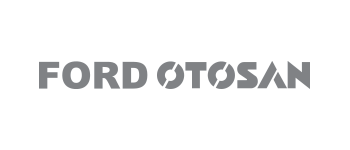
Ecotorq 9
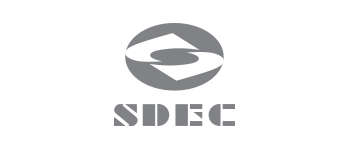
9L

MDE8
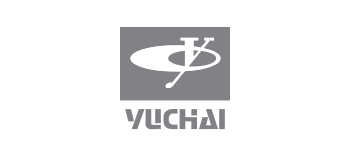
K10
